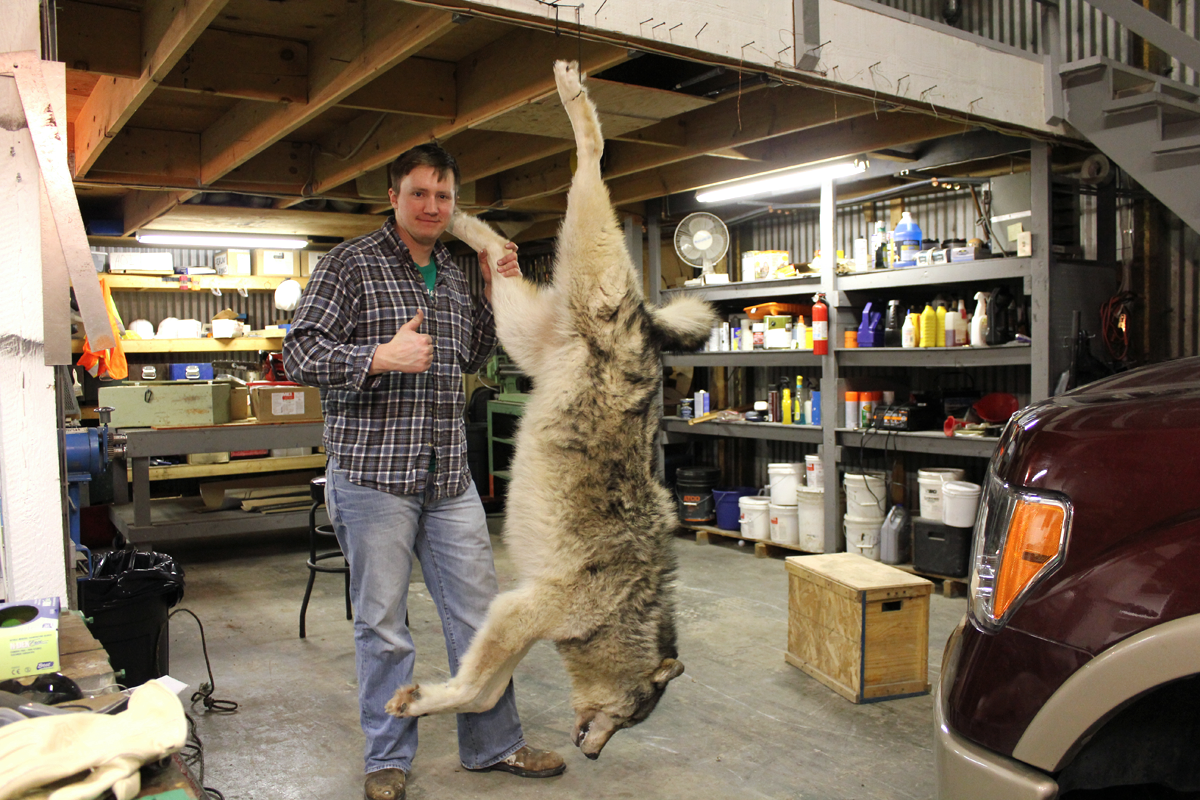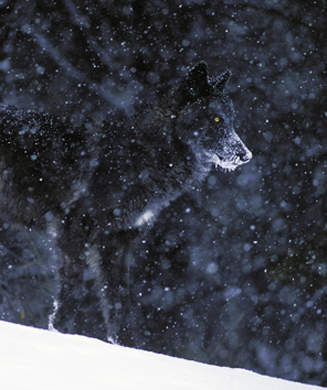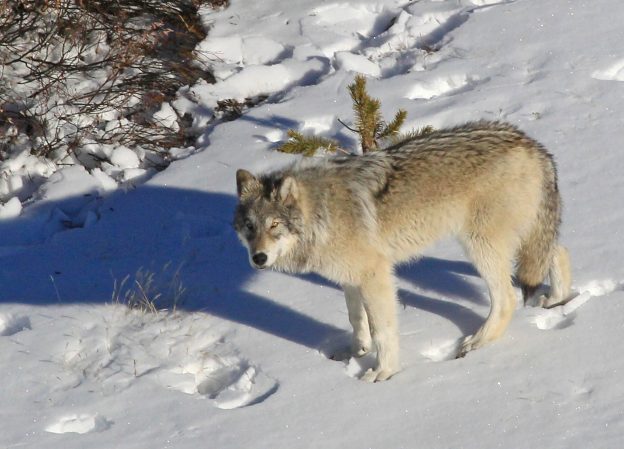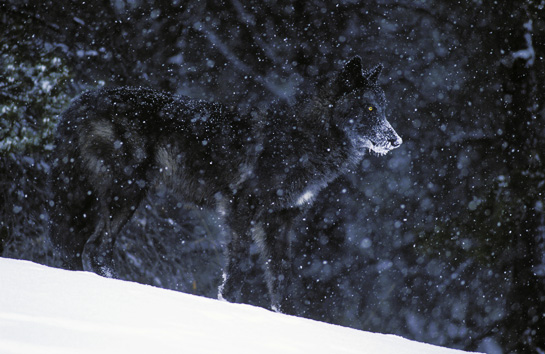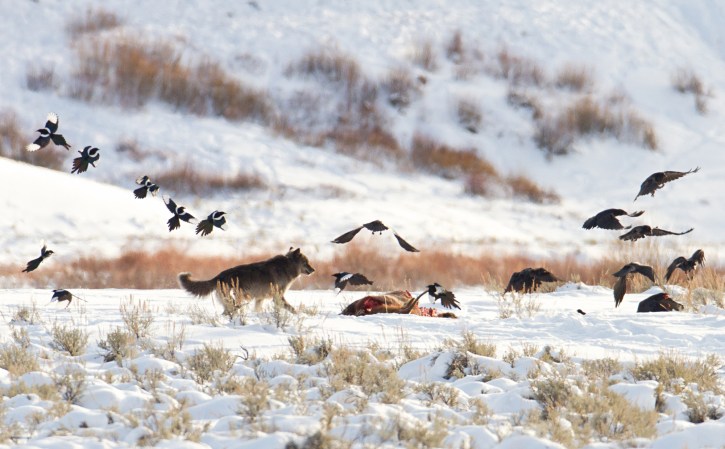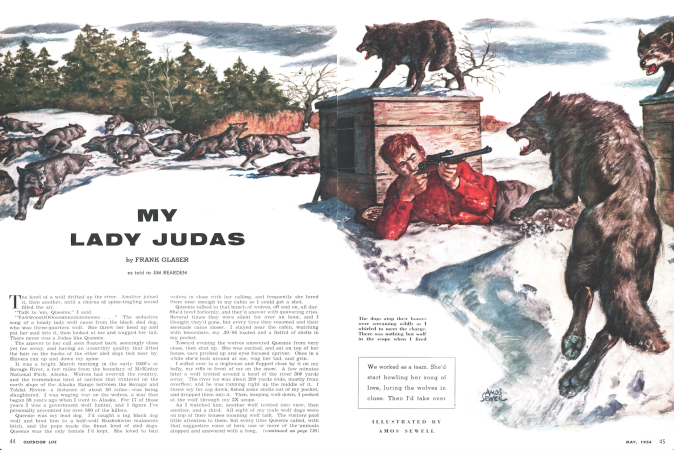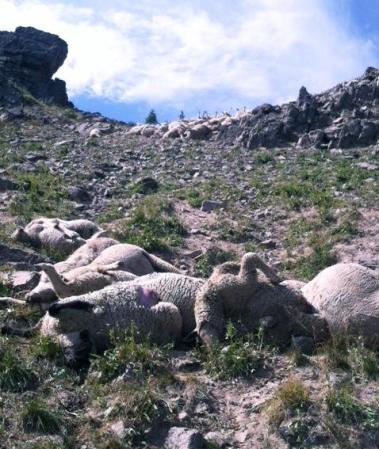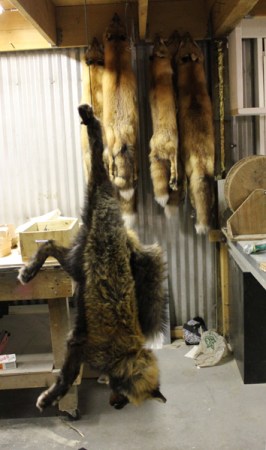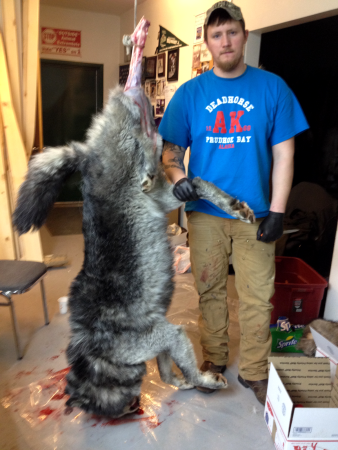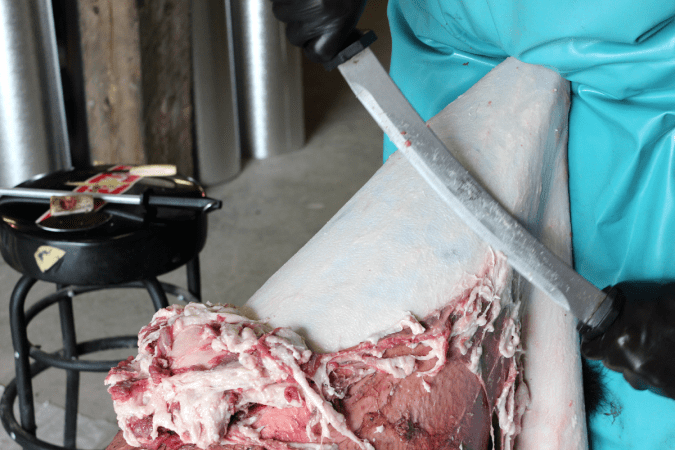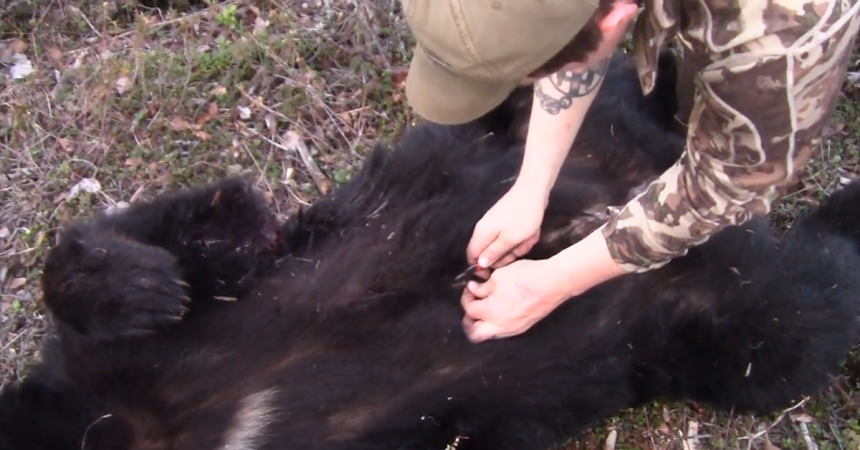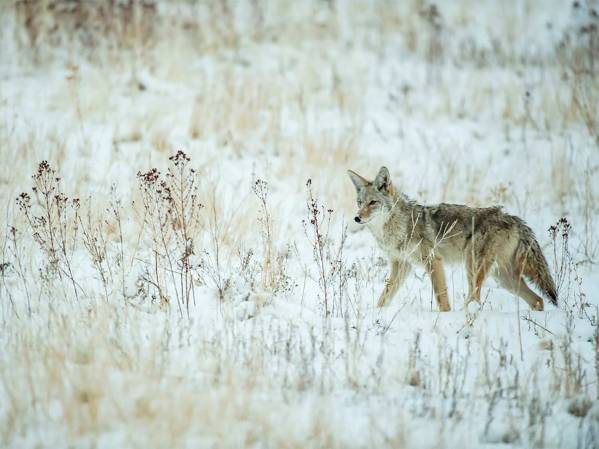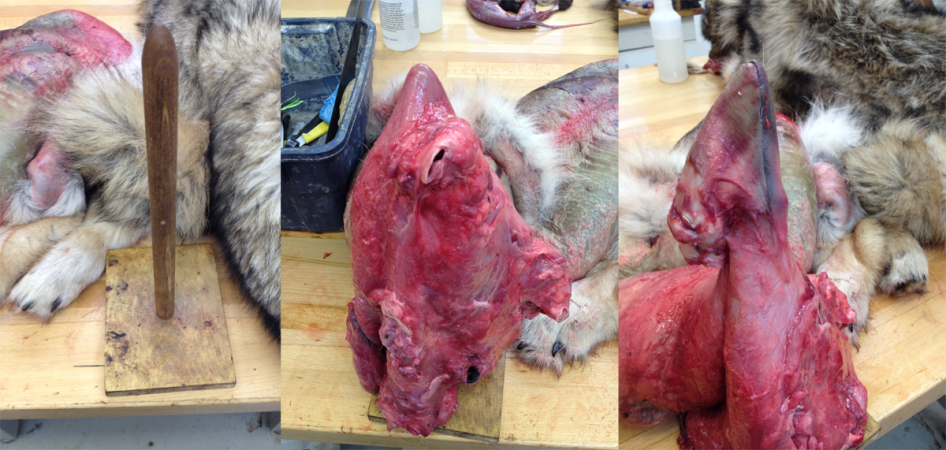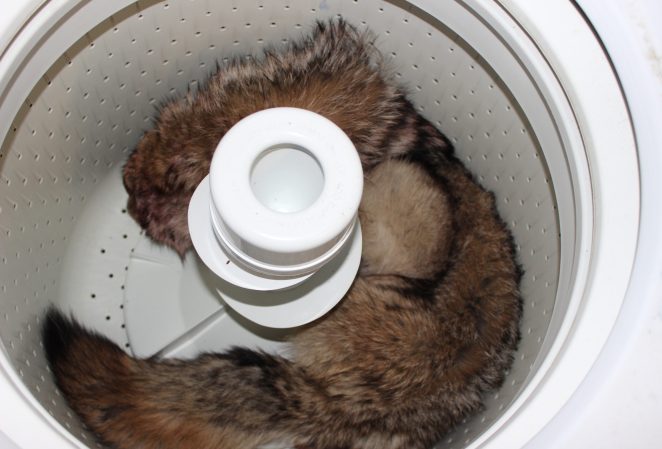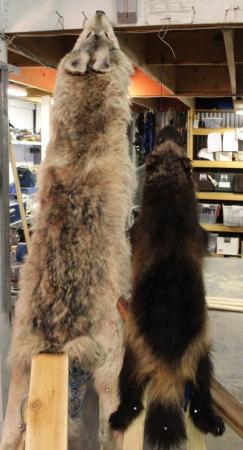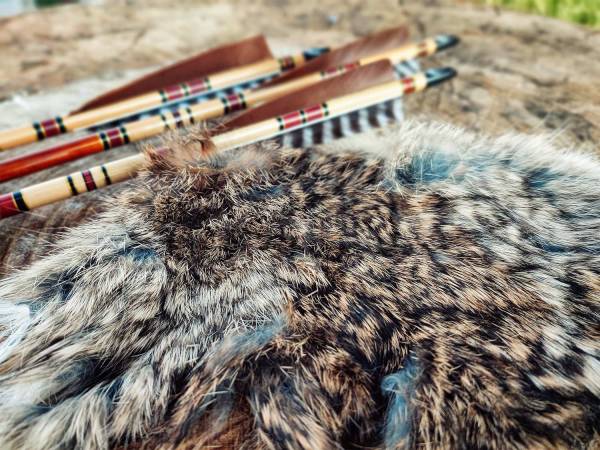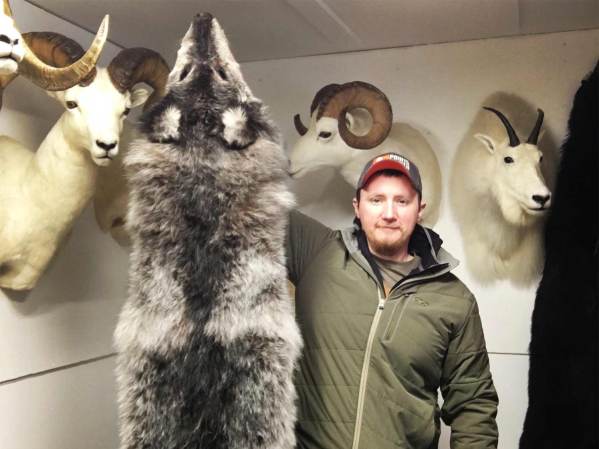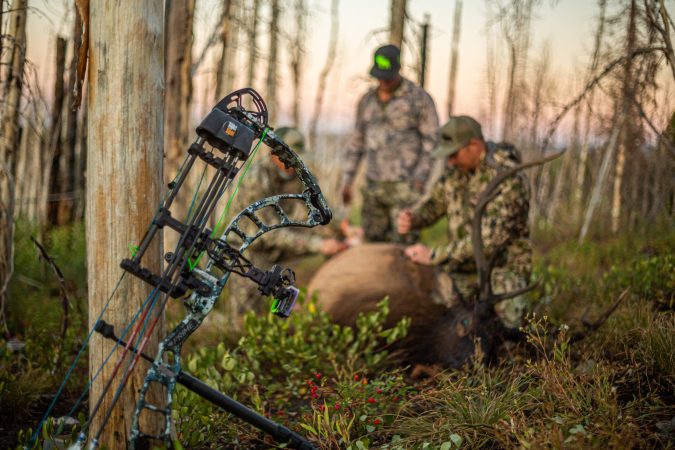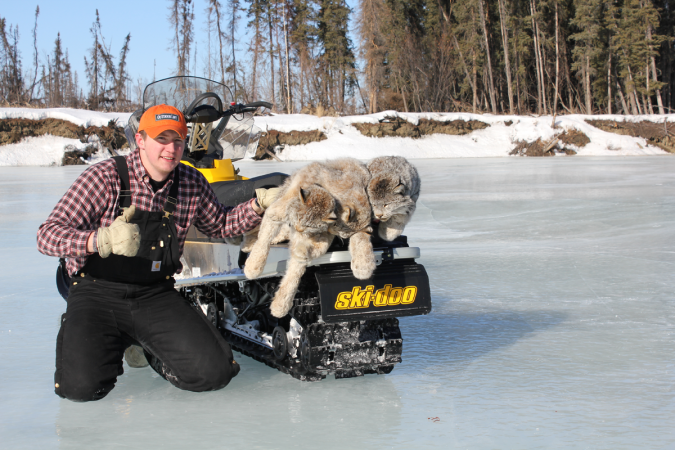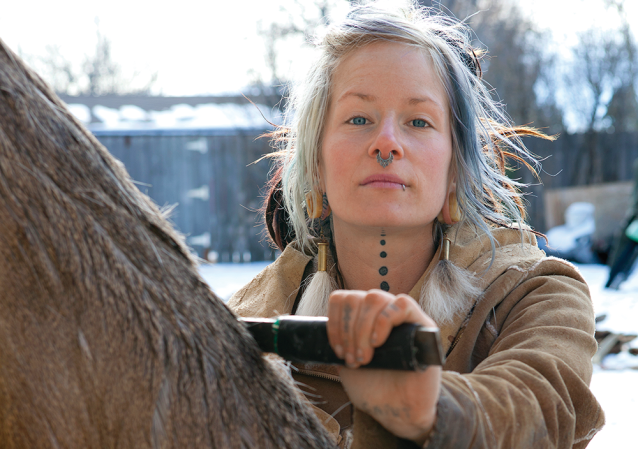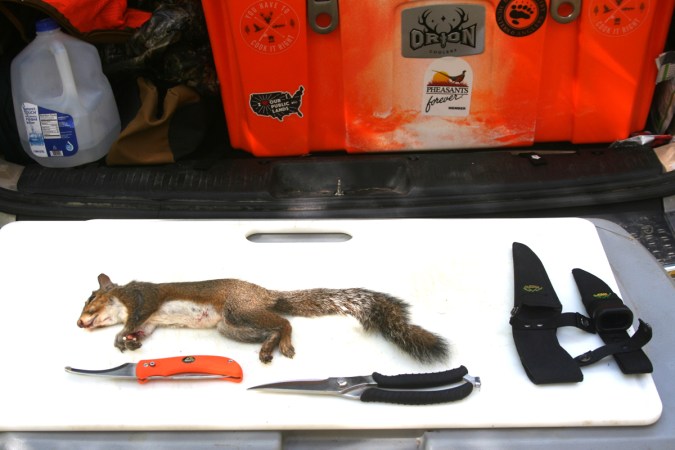If you are lucky enough to live in an area where you can hunt or trap wolves, you have the opportunity for a very challenging and exciting endeavor. Wolves are smart and wary, making them one of the most difficult furbearers to trap, and hunting them usually results in more work and frustration than it does in pelts.
Taking one of these apex predators is an exciting experience, but for those who don’t know better, handling one properly can be a daunting task. If you trap or shoot a wolf, you want a proper pelt to mount, hang on the wall, or sell. The only way to get good at handling wolves is to work on a bunch of them. Properly skinning, prepping, and drying a wolf hide for maximum potential is a chore and takes a lot of time. Even if you aren’t comfortable taking it on yourself, there are several things you can do to make life easier for your taxidermist to provide you a good end product.
Skin the wolf as quickly as possible. Wolves are big animals with thick fur. This means that their bodies hold heat much longer than many other animals. If an animal’s skin isn’t cooled fast enough, bacteria will begin to grow and it can result in slippage (skin decomposition that causes the hair and bits of skin to loosen and come off). Once it starts, it cannot be reversed, so you want to avoid it at all costs. Although they are big animals, wolves have much thinner and more fragile skin than deer or other big-game animals. You may want to spend the day driving it around showing your buddies, but you should get it skinned as quickly as you can. If you shot the wolf off of a fresh kill or they have a belly bulging with meat, you may want to make a small belly cut and gut them (as a full stomach of hot meat can cause spoilage extremely quickly), especially if the weather is warmer than zero degrees or so.
In some climates (like here in Alaska), wolves will freeze before you can get them back to your skinning shop or shed. Snared wolves are typically frozen by the time you retrieve them, and thawing them out properly can be tricky as well. Because they are so well insulated, they not only hold heat well, but take a long time to thaw. Some frozen-solid wolves take nearly four days to thaw enough to skin. The issue can be that the feet and head will thaw before the rest of the body, and as soon as they are thawed, the spoilage clock is ticking. Ideally you want the wolf to thaw evenly, and there are a couple things you can do to help. If the feet and head are thawing out too quickly, you can wrap them in any kind of insulating material to help keep them cool. Also, use a fan to blow air on the frozen carcass. That helps the body thaw faster, as air flow increases the heat transfer from the ambient air to the body. Skin the animal as soon as it is pliable.
If you want to sell or air-dry the hide, you should case skin it just as you would a coyote. You want to keep the feet on your wolf intact, and skinning them properly can be very time consuming without practice. I leave the paws in the hide and cut the feet off when I am skinning a wolf, which allows you to get the hide off the animal much more quickly. If you aren’t comfortable skinning the feet, tail, or head, you can just cut them off and leave them in the hide while you get it off the carcass. After removing the hide, you can turn it fur-side out, roll it up, and throw it in the freezer to be handled later.
I pick up extra money working as a skinner for a fur buyer, and I have seen the good, bad, and ugly when it comes to wolf hides. Probably the most common mistake I see people making is waiting too long to skin a wolf or leaving the hide thawed out too long.
Good luck out there this winter, and keep these things in mind if you connect with a wolf.

